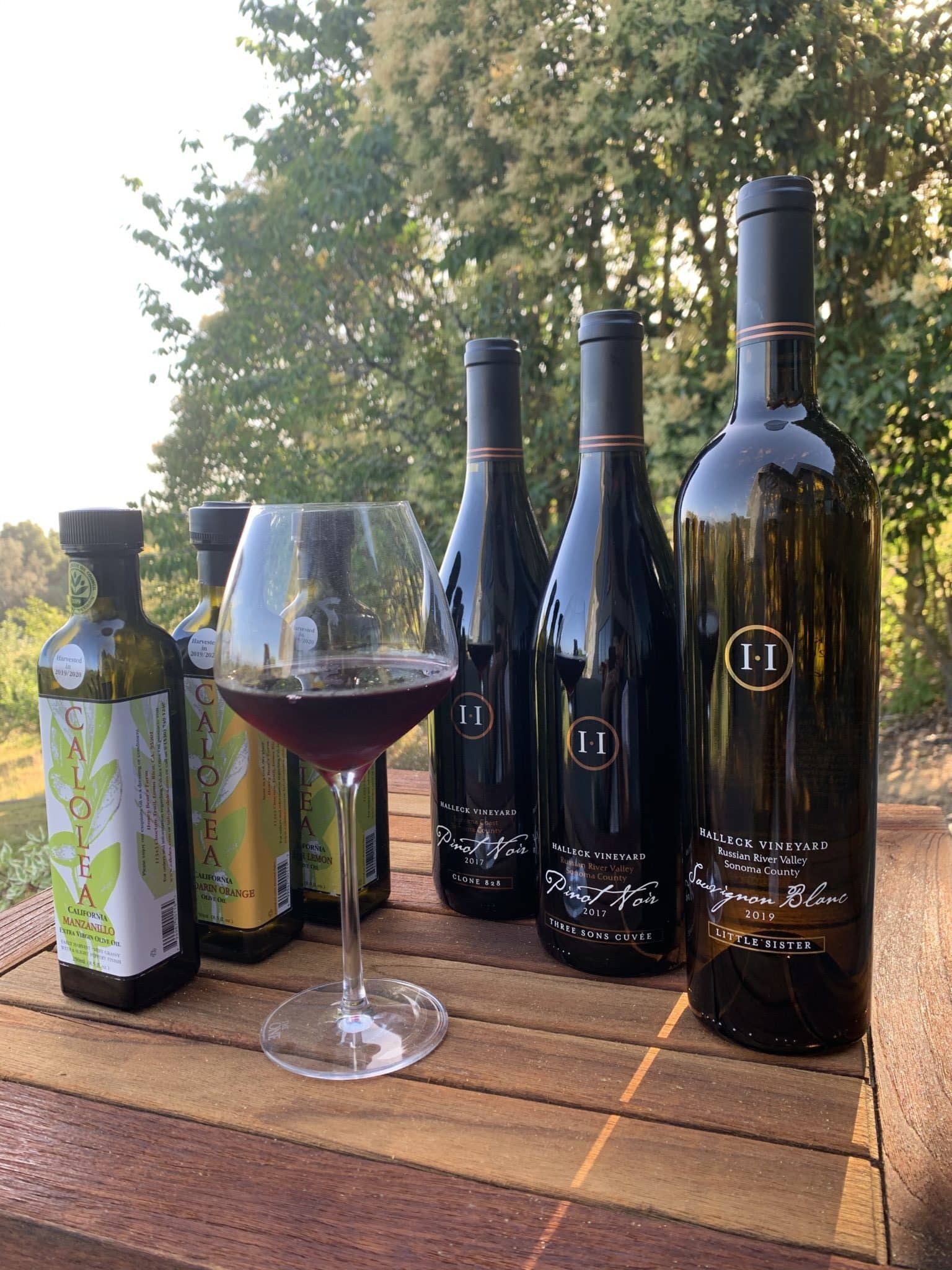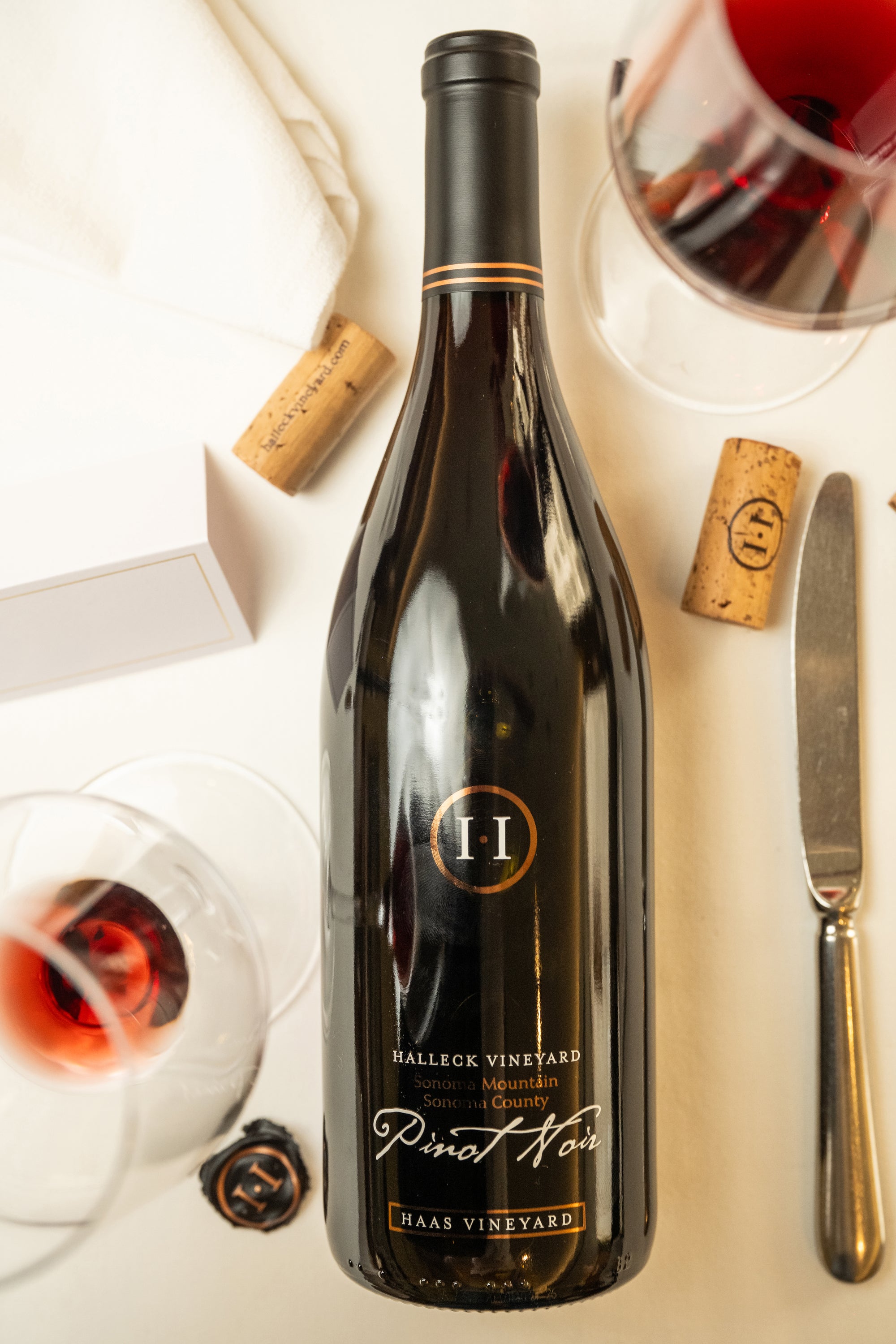Wineries In Dry Creek Valley - Sonoma’s Lush Vineyard Landscapes
Wineries In Dry Creek Valley - Sonoma’s Lush Vineyard Landscapes
Blog Article
Best Pinot Noir Wineries In Sebastopol - Wine Tasting Experiences In Sebastopol
Wine tasting is an art that requires practice and an understanding of various elements concerned within the process. One crucial element of wine tasting is the event and interpretation of tasting notes, which serve as a guide for each novices and seasoned connoisseurs. A Guide To Understanding Winery Wine Tasting Notes can improve your wine-tasting experience, making it more significant and gratifying.

Tasting notes are concise descriptions that seize the essence of a wine’s flavors, aromas, and overall character. Often composed by professional tasters, winery tasting notes offer insights into the nuances of varied wines. They may help wine enthusiasts understand what to expect from a selected bottle. Nevertheless, tasting notes can vary widely in style and detail based mostly on the author's experience and palate.
Wineries Located Near Russian River Valley - Enjoying Wine In Sebastopol
When you first strategy a glass of wine, your senses will start to interact immediately. The sight, smell, and style of the wine will converge to give you a complete experience. Tasting notes usually begin with the visible evaluation, the place the color of the wine is taken under consideration. Color plays a significant position in indicating the wine’s age, grape selection, and even its flavor profile.
After assessing the visible facet, the next step involves swirling the wine within the glass. This motion aerates the wine, allowing its aromas to awaken. Smelling the wine offers crucial insight into its complexity. The preliminary sniff can ship a flood of scents which will embody fruity, floral, herbal, or earthy notes. This is usually essentially the most subjective part of tasting, as particular person experiences can dramatically differ.
In winery tasting notes, descriptors are sometimes categorized into primary, secondary, and tertiary aromas. Main aromas usually stem from the grape selection, secondary aromas derive from fermentation processes, and tertiary aromas arise from aging. Understanding these classes might help you recognize the depth of a wine, they usually also give you the vocabulary to specific your experience better.
Hidden Gem Wineries In Sonoma County - Exploring The Vineyards In Sonoma County
Following the olfactory encounter, your focus will shift to the style of the wine. This is where the primary characteristics—sweetness, acidity, tannins, alcohol—come into play. Tasting notes usually element these flavors in multiple dimensions, together with the initial attack in your palate to the lingering finish in your tongue. A high-quality wine will present a harmonious stability between these factors.
Whereas tasting, it's essential to ponder the physique of the wine, which can be described as light, medium, or full. The physique contributes significantly to your overall impression, serving to you think about how the wine pairs with food or whether it stands alone as a sipping wine. Balancing the body with the other traits provides you with a fuller understanding of what the wine has to supply.
The end of the wine, additionally referred to as the aftertaste, is another crucial aspect often included in tasting notes. A long, pleasant end often signifies a better quality wine, while a short or cloying aftertaste could recommend in any other case. Evaluating the end can supply additional insight into the wine's complexity and distinction.
Understanding the context of winery tasting notes can also be priceless. Tasting notes can provide contextual information about the winery's location, local weather, and grape-growing practices. This context provides one other layer of appreciation for the wine, allowing enthusiasts to attach the sensory experience with its origins, thus enhancing the enjoyment further.
Quaint Wineries In Picturesque Settings In Sebastopol - A Guide To Sonoma Wineries
Many wineries provide tasting notes on their websites or labels, often written in an approachable but informative style. However, not all winery tasting notes are created equal. Some may be overly technical, whereas others may prioritize advertising aptitude over insightful analysis. Studying to navigate these notes can arm you with the knowledge to make informed decisions when deciding on wines.
Participating in tastings at wineries can even deepen your understanding of wine tasting notes. Interacting with knowledgeable workers may give you a more hands-on method to exploring different wines and the language used to describe them. Wineries Producing Pinot Noir And Chardonnay. You Will have the opportunity to ask questions, have interaction in discussions, and doubtlessly refine your palate in actual time.
Experimentation is crucial for mastering wine tasting notes. As Bonuses you sample totally different wines, strive making your own notes. Focus on describing the wine’s colour, aroma, style, and end. Over time, you’ll develop a private vocabulary that resonates along with your sensory experiences. Every note you create will assist refine your palate, allowing you to understand wines at a deeper degree.
Wineries With Beautiful Architecture - Sonoma Wine Retreats
In conclusion, a Guide To Understanding Winery Wine Tasting Notes offers a comprehensive framework for diving into the world of wines. It equips you with the strategies and language essential to articulate your experiences. Whether Or Not you are a casual drinker or a devoted aficionado, understanding and using tasting notes can profoundly impact your wine journey. This knowledge not only enhances your enjoyment but also connects you deeply with the wealthy narratives each bottle tells. By embracing this journey, you turn into part of the beautiful mosaic of wine tradition, the place each sip unveils a brand new story ready to be found.
- Wine tasting notes usually embody a selection of sensory descriptions, together with aroma, flavor, acidity, physique, and end, permitting tasters to totally respect the wine's characteristics.
- To enhance your understanding, familiarize yourself with widespread wine terminology such as "tannins," "oakiness," or "terroir," which may help decipher the notes extra successfully.
- A systematic approach to tasting involves first visually assessing the wine's shade and readability, adopted by swirling to launch aromas, then inhaling and describing what you experience.
- Taking notes throughout tasting might help determine patterns over time, enhancing your palate and making it simpler to recall preferences for future choices.
- Don't overlook the influence of food pairings; tasting notes can differ tremendously when a wine is loved with complementary flavors, altering perception and pleasure.
- Pay attention to the wine’s vintage, as weather conditions in a given year can significantly have an effect on the final product, adding another layer to the tasting notes.
- Think About the winemaker's style and philosophy, which might shape the wine's profile and influence how its notes evolve with each sip.
- Practicing with totally different grape varieties can broaden your vocabulary; every kind brings distinctive traits that can improve your capacity to articulate tasting notes effectively.
- Engaging with wine professionals or attending tasting events can present valuable insights, providing a richer context for understanding personal tasting notes.
- Keep In Mind that tasting is subjective; particular person preferences and experiences will form one’s interpretation of the same wine, enriching the general enjoyment of wine exploration.
What are wine tasting notes?
Wine tasting notes are descriptive feedback made by tasters concerning the look, aroma, taste, and end of a wine. They present an overview of the wine's characteristics and may help consumers understand the style and high quality of the wine.
Hidden Gem Wineries In Sonoma County - Exploring Sonoma's Wine Landscape
Why are tasting notes essential when deciding on wine?
Tasting notes can guide you in choosing a wine that fits your palate. They provide insights into flavors and aromas, serving to you to match wines with food or occasions. Understanding these notes enhances your overall wine experience.
How should I learn wine tasting notes?
(Wine Tasting Tours In Russian River Valley)
Wine Tasting Events In Sonoma County - Enjoying Wine In Sebastopol

When studying wine tasting notes, pay attention to the structure: look for descriptions of shade, aroma, flavor, and end. This will allow you to grasp the wine's profile and decide if it aligns along with your preferences.
What terms commonly seem in wine tasting notes?
Widespread terms embrace "tannin" (the structure), "acidity" (the crispness), "body" (the weight), and various flavor descriptors like "fruity," "earthy," or "spicy." Familiarizing yourself with these phrases can deepen your understanding of wine.
Best Wineries For Wine Tasting In Sonoma - Scenic Wineries Of Sebastopol
Can I create my very own tasting notes?
Yes! Writing your personal tasting notes can improve your wine tasting experience. Focus in your observations of style, aroma, and other sensory characteristics. This personal practice may help you refine your palate over time.
How do I determine the aromas in wine tasting notes?
Wineries With Unique Varietals - Sonoma's Premier Wine Tasting Events
To identify aromas, practice smelling a big selection of scents and associating them with wines. Swirl the wine in your glass to release its aromas, then take a second to breathe in deeply before identifying any distinguished scents.

What is the distinction between professional and personal wine tasting notes?
Professional tasting notes may use extra technical language and specific terminology, while personal tasting notes are subjective and mirror individual experiences. Each are priceless for understanding and enjoying wine, but personal notes may resonate more with your unique tastes.
How can tasting notes enhance my wine appreciation?
Wineries Known For Their Hospitality - Sonoma's Premier Wine Tasting Events
Tasting notes can improve find more info your appreciation by serving to you to know and articulate the complexities of wine. They encourage mindful tasting and supply a framework for comparing completely different wines, leading to a richer enjoyment of the beverage.
Are there any apps or instruments to help with wine tasting notes?
Sure, there are several apps designed to help users record and organize their tasting notes. These tools usually provide options like flavor wheel guides and wine database searches, making it easier to trace your journey through completely different wines. Report this page